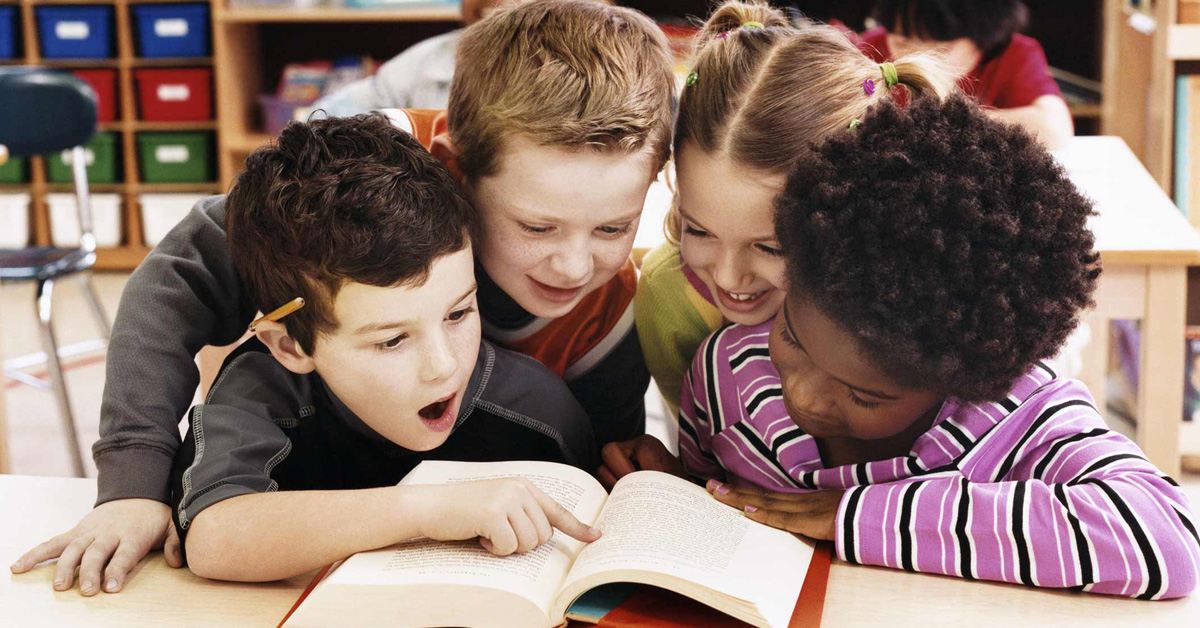Written by Sussan, Greenwald & Wesler
Children who are “twice exceptional” have been around for a long time. Once called “gifted handicapped,” this group of school children has two defining characteristics: 1) they are gifted in one or more areas, and 2) they have learning differences or other disabilities that interfere with their functioning. Twice exceptional children are, in fact, a large population—one estimate placed the number at 70,000 in the K-12 years.
So why do “twice exceptional” children (sometimes referred to as “2e” children) often fall through the cracks? The clear answer is confusion: confusion exists about the definition of twice exceptional, about how to identify twice exceptional children, about what schools are obligated to do when a twice exceptional child is identified, and about how to best help these children reach their potential. School administrators, teachers, parents and even children often thirst for information about the meaning of “twice exceptional.”
What is the Profile of a Twice Exceptional Child?
There is no one profile. However, all children who are twice exceptional are “gifted.” Under the law, that means that these children give evidence of high achievement capability in areas such as intelligence, creativity, artistic ability, leadership capacity, or in specific academic fields. These children need services or activities that schools do not ordinarily provide in order to develop these capacities.
The second exceptionality is that these children also have a “disability.” The disability may be a specific learning disability in math or reading. Other common disabilities among twice exceptional children are Attention-Deficit/Hyperactivity Disorder, dyslexia, visual or auditory processing disorder, obsessive-compulsive disorder, anxiety and depression. This disability interferes with the child’s functioning and ability to perform in school.
Twice exceptional children often have certain characteristics in common. These children tend to be highly creative. At the same time, their performance is often marked by inconsistency even within one subject area. In addition, since twice exceptional children use their strengths to compensate for their weaknesses, their struggles are often not recognized. They can “slip through the cracks,” misidentified as average students, or students with high potential who are labeled “lazy” or “unmotivated.”
These children also share the need for educational programming that is not average, but individualized, in order to capitalize on their talents and help them remediate or compensate for weakness. When twice exceptional children are not identified and they do not receive the unique support they require, anxiety, and feelings of low self-esteem can be the unfortunate result.
How Can We Better Identify Twice Exceptional Children?
Current research suggests that the best way to identify twice exceptional children is to use more than one measure. The Office of Special Education at the Department of Education has stated that the Individuals with Disabilities Education Act requires the use of a variety of assessment tools and strategies to gather relevant functional, developmental and academic information about the child, and that it prohibits the use of any single measure or assessment in determining whether a child is a child with a disability for developing an appropriate educational program for the child.
What this means for parents is that a school cannot refuse to evaluate a child for a suspected disability because the child is “too smart” or performs too well on intelligence testing. “Gifted” children can have disabilities and children with special needs can also be gifted.
It is the position of the National Association for Gifted Children that gifted children with disabilities are best identified through comprehensive assessment by psychologists and other specialists. Such testing can detect complex patterns of strengths and weaknesses. A combination of standardized assessments may be necessary to identify twice exceptional children and to plan programming that addresses their gifts as well as their disabilities.
In the absence of such careful analysis of test scores, twice exceptional children can go unrecognized—seeming to be “not impaired enough” for special education and “not gifted enough” for gifted programming. Neither conclusion provides the information needed to program for such children so that they receive meaningful educational benefit.
Children with Special Needs Cannot Be Excluded from Gifted and Talented Programs Based on Their Disability
Programming for gifted and talented children is mandated by state law. The New Jersey Department of Education requires school districts to identify students considered “gifted and talented” and to offer them programming. Actual programming for gifted students varies widely from district to district, in fact. However, twice exceptional children are not to be discriminated against in having access to such programming.
The United States Office of Civil Rights has clearly stated that if schools “condition” participation in gifted programming by requiring students with disabilities to give up their special education or related services, then such action on the part of the school is a denial of that child’s right to a free, appropriate public education under Part B of the Individuals With Disabilities Education Act and Section 504 of the Americans with Disabilities Act.
The challenge for parents and schools remains to devise programming that addresses both twice exceptional students’ strengths while providing appropriate education and support to address their disabilities.
Programming for Twice Exceptional Children
Children who are twice exceptional require an individualized education program. That means, to the extent that twice exceptional children are classified and receive a formal individualized education plan or 504 plan, such plans should describe the programming that will be in place for that child both to address the child’s disability and to enable the child to build upon areas of strength.
Certain approaches for meeting these complex needs of twice exceptional children have been articulated:
- Twice exceptional children benefit from programs that play to their strengths. Twice exceptional students are more likely to be motivated to overcome their disabilities when presented with material and learning styles that capitalize on their talents or areas of special interest.
- Twice exceptional children very often need support with organization and time management. Such students often benefit from individualized instruction in these organizational skills or in areas of any specific learning difference.
- Twice exceptional children are often very hard on themselves. They can be perfectionists to a fault and suffer low self-esteem due to their high cognitive potential coupled with difficulty performing certain tasks. For instance, a twice exceptional child who is exceptionally creative and verbal may be a competent story teller but may struggle to produce written work due to a difficulty with fine motor tasks or a learning disability such as dyslexia or dysgraphia. For such children, assistive technologies—such as computers with word prediction software and visual organizers—can be powerful tools.
- Twice exceptional children also experience social and emotional challenges that should be addressed. As with all children, a child’s educational performance includes not only academic achievement, but the child’s ability to access the learning environment emotionally, socially and behaviorally. Sometimes, twice exceptional children require support in order to participate socially (for instance, children with Asperger’s Syndrome). Other children may require counseling or support to understand their own exceptionality and how to cope with feelings of being different.
Planning for the Future
Currently, very few public or private schools have programming especially designed to meet the needs of twice exceptional children. Funding may play a role. An information gap may also play a role. Parents can help their twice exceptional children by educating teachers and school administrators about their child’s unique strengths and weaknesses, pursuing the testing and evaluations necessary to put together a complete profile of their child, and if warranted, pursuing an individualized educational plan for their twice exceptional child.
Information about how to meet the needs of these children continues to amass. For all of us, that is good news, since twice exceptional children are undoubtedly capable of making exceptional contributions.


